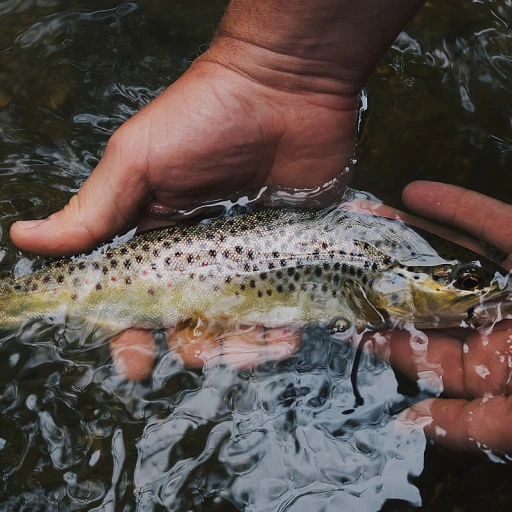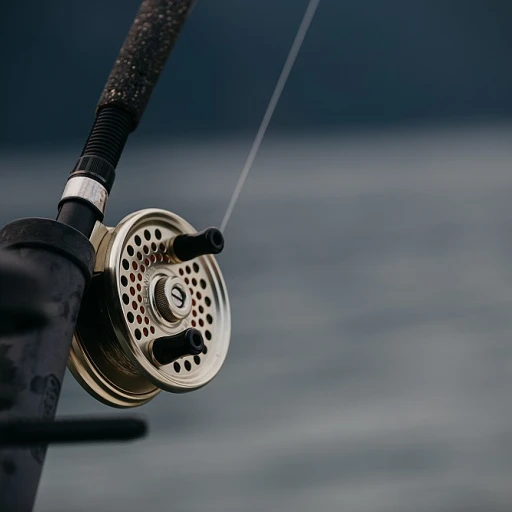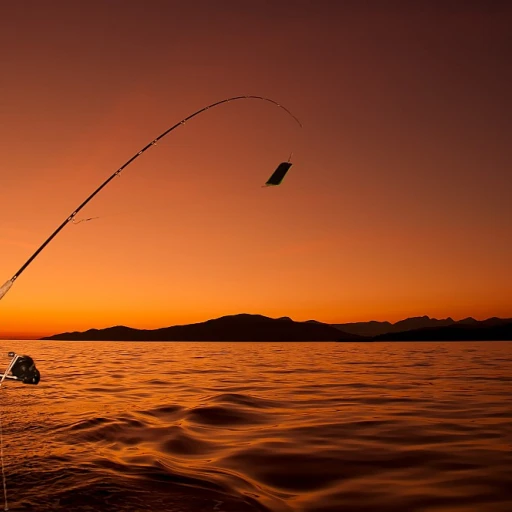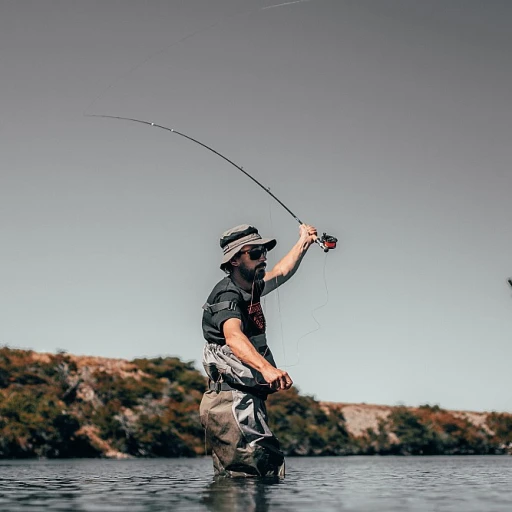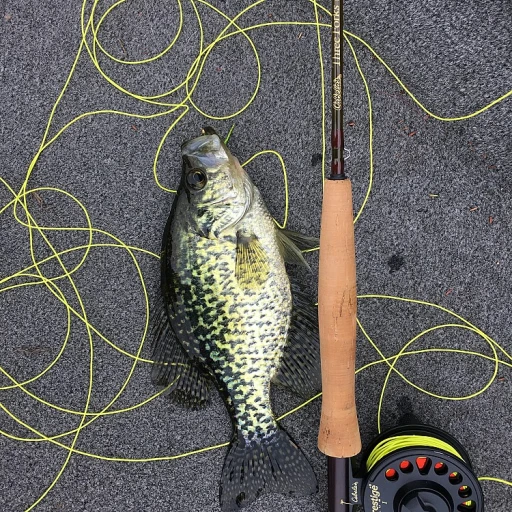
Understanding Tarpon Behavior
Deciphering Tarpon Habits for Successful Angling
In the world of recreational fishing, understanding tarpon behavior is crucial to mastering the art of catching these magnificent fish. Tarpon, often referred to as the "silver king," are known for their incredible acrobatics and fighting spirit. Their behavior is influenced by several factors, including water conditions, feeding patterns, and environmental cues. Firstly, tarpon are predominantly found in warm waters, such as those in Florida and the Florida Keys. They are migratory fish, moving through different regions depending on the season. Understanding these patterns can significantly increase your chances of locating them at the right time. When it comes to feeding, tarpon have a varied diet, but they show a preference for live bait such as mullet and other small fish. This means selecting the best lures and fishing lures that mimic these natural baits can be a game-changer. Baits that closely resemble their preferred food sources are often the most effective. Water clarity and temperature are also important factors to consider. Tarpon are more likely to be active during specific fishing conditions, such as optimal water temperatures around 75-88°F. Moreover, they are generally found in clear waters where they can easily spot their prey. During the day, tarpon feeding occurs intermittently, so the timing of your expedition plays a significant role in success. It's also essential to grasp the importance of the right gear. Using pound braid lines and hooks that are appropriately sized for these big fish is fundamental for a good day of tarpon fishing. Preparing your tackle box with the best tarpon lures, such as the "Terror Eyz" or "Bait Buster," will enhance your fishing techniques, making it easier to entice these giants. For those looking to refine their techniques further, exploring different types of lures, including fly lures and swimbaits, can provide a fresh perspective on targeting tarpon effectively. This knowledge not only assists in choosing the right bait but also in applying the proper techniques fishing tarpon, which include tarpon lures and utilizing your skills to catch tarpon efficiently. By paying attention to these behavioral cues, anglers can significantly increase their chances of a successful tarpon fishing adventure. For more detailed insights on bait selection and strategies, you might find this article on the top lures for catching different species particularly useful.Top Lure Types for Tarpon
Exploring the Variety of Lure Options
Tarpon fishing aficionados know that selecting the best tarpon lures is crucial when targeting this majestic fish. One popular category of tarpon lures is known as soft plastics. These versatile beauties, often mimicking shrimp or mullet, can be especially effective when targeting big tarpon in the clear waters of the Florida Keys. An example is the well-regarded Terror Eyz, known for its natural gray tones and eye-catching movement. Diving deeper into the world of tarpon baits, hard lures earn their rightful place in any angler’s tackle box. These baits are designed to mimic the movements of small fish, enticing the predatory instincts of tarpon. A prime example includes the classic bait buster, which boasts robust construction and vibrant colors, perfect for the competitive Florida fishing scene. Next, consider live bait options, such as live mullet or pilchards. Using live bait can present a real-life challenge for catching tarpon but offers a rewarding experience for seasoned anglers. A more unconventional yet productive option is the fly, embraced by thrill seekers in search of a good thrill in shallow waters. Finally, for an exhaustive guide about other enticing fishing lures, you may explore this link to court your curiosity and enhance your tarpon fishing endeavors.Choosing the Right Color and Size
Picking the Perfect Color and Size
When it comes to choosing the right color and size for your tarpon lures, understanding the fish's behavior and preferences is vital. Tarpons are known for their keen eyesight, so selecting a lure that mimics their natural prey, like mullet or other small fish found in the water, can be highly effective. Here are some key considerations:
- Color: The best tarpon fishing lures often resemble the baitfish found in your fishing area. In the Florida Keys, silver and white are popular choices as they mimic the flash of mullet or sardines. However, tarpon will also respond well to darker hues like black when fishing conditions are less clear, such as during overcast days or in murky waters.
- Size: Consider the size of the bait present in the water during your fishing excursion. Using lures that are too large may deter smaller tarpon, while those that are too small might not attract larger fish. Adapting the lure size to match the prevalent bait can increase your chances of catching tarpon.
For anglers looking to maximize their success, testing a variety of colors and sizes during different times of day or seasons can be beneficial. This will help you adapt to changing conditions and increase your chances of a good catch. By regularly updating your tackle box with a diverse selection of lures tarpon from trusted brands like Terror Eyz or Bait Buster, you can be prepared for any fishing scenario.
Techniques for Using Lures Effectively
Mastering the Art of Lure Presentation
When it comes to catching tarpon, the technique in presenting your lure is as critical as the lure itself. Tarpon, known for their finicky feeding behavior, require precise presentation to elicit a strike.
Start by considering the type of water you are fishing in. For example, in the Florida Keys, the water is often clear, necessitating a more natural presentation of your lures and baits. The renowned Terror Eyz and similar lures are effective when swum in a realistic pattern.
Adjust your retrieve based on the behavior of the tarpon and the specific lure. A slower, steady retrieve often works well, but don't be hesitant to mix it up with occasional twitches and pauses to mimic an injured mullet or bait fish. On the other hand, when using topwater baits, an erratic retrieve can provoke a spectacular bite.
- Sound and Vibration: Lures that produce a knocking sound or vibration can attract tarpon from a distance. Use paddle-tail swimbaits and other noise-making lures to your advantage, especially in darker or murkier waters.
- Proper Depth: Ensure that your lure is running at the right depth where tarpon are feeding, such as near the bottom or just under the surface, based on fishing conditions.
- Hook Size: It's essential to match the hook size with the pound braid you are using. Too small a hook may not penetrate, and too big can hinder the lure's action.
- Practice Patience: When using live bait like mullet, allow the tarpon to take the bait properly before setting the hook. Timing is everything in tarpon fishing.
No matter the day, remember that adapting your technique to match the current state of the water and tarpon feeding patterns is key to successful tarpon fishing. Experience and observation will lead you to discover the best techniques for lures tarpon.
Seasonal Considerations
Timing Your Tarpon Fishing Adventures
Timing is a crucial factor when it comes to successfully catching tarpon, as their feeding habits and activity levels vary with the seasons. Understanding these fishing conditions will aid you in selecting the best tarpon lures and techniques throughout the year.
Spring and Summer Months: The Prime Time for Tarpon
The prime tarpon season typically occurs during the warmer months, especially in areas like the Florida Keys. During this time, tarpon are more active and visible on the water surface, making it a good time for fishing tarpon using surface lures. Mullet imitating lures such as the Bait Buster can be very effective because these baitfish are plentiful during spring and summer.
Winter Months: Adjusting to the Cooler Waters
Throughout the winter, tarpon tend to be more lethargic due to cooler water temperatures. As a result, your approach might need to change to accommodate their reduced activity levels. Opting for live bait such as shrimp or crabs can be beneficial during this period, enticing even a reluctant tarpon to strike. Anglers often find success with slow-moving lures like the Terror Eyz along the bottom.
During the Day: Sun-up and Sun-Down Success
The time of day can also significantly impact your tarpon fishing. Early mornings and late afternoons are usually the most productive times when catch tarpon. During these periods, using baits lures that closely resemble natural prey can help increase your chances.
By aligning your tarpon fishing strategy with seasonal changes and time of day, you can greatly improve your success rates. Experimenting with different fishing lures, sizes, and colors based on the time of year and local conditions will make all the difference when catching tarpon effectively.
Maintenance and Care for Your Lures
Preserving Your Lures for Optimal Performance
Maintaining your tarpon lures is essential to ensure they're performing their best when you're out on the water. Proper care extends the life of your fishing gear, ultimately improving your chances of a successful catch tarpon adventure.- Clean Your Lures After Each Use: Whether you've been on a good day on the water in the Florida Keys or any other fishing spot, rinse your lures with fresh water. Salt and debris can accumulate, affecting their durability and performance. Ensure your lures are thoroughly dried before storing them.
- Inspect the Hardware: Regularly check the hooks and split rings. A worn-out hook can fail at a critical moment, costing you that big catch. Replace any rusted or dull hooks with sharp ones for the best results. Lures like the bait buster and terror eyz are only as effective as their hooks.
- Store Properly: Organize your fishing lures in a tackle box, keeping them in individual compartments to prevent tangles. If you're fishing with live bait, like mullet, be mindful of storage that includes both to avoid damage.
- Check for Signs of Wear and Tear: Before heading out for tarpon fishing, look for any cracks or damage on your lures. Lures tarpon might have endured some heavy hits from last time, and maintaining them ensures they don't fail you in critical moments.

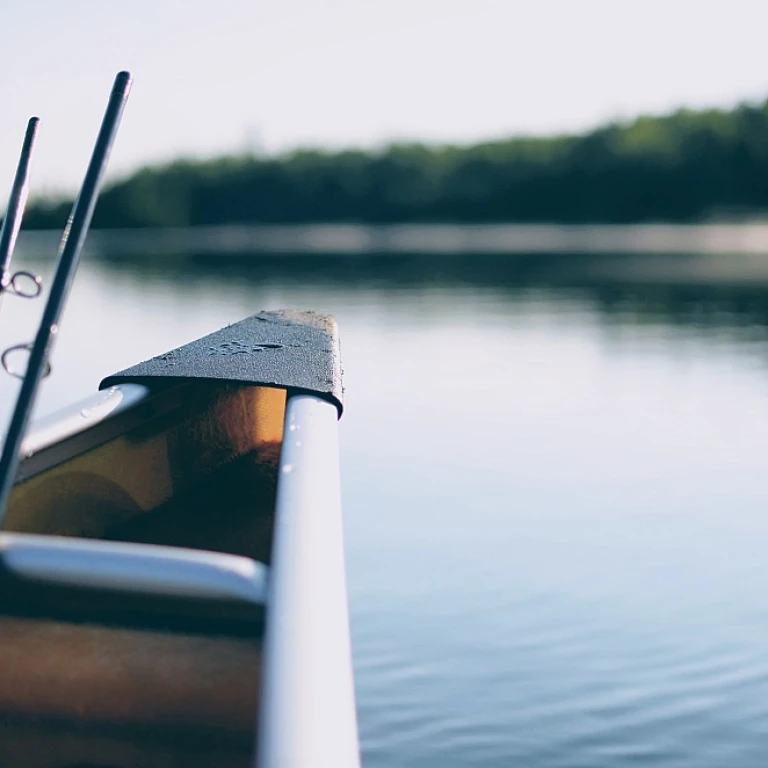
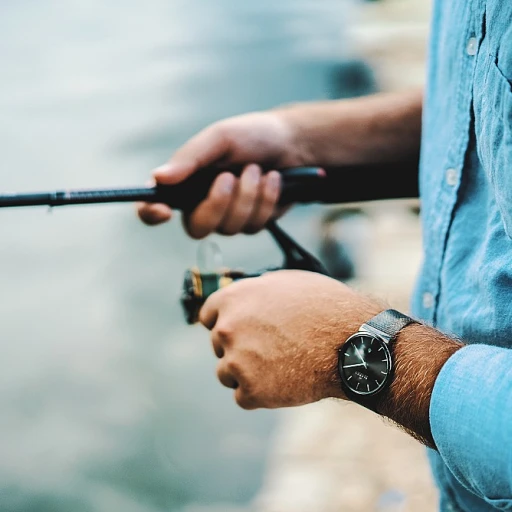
-large-teaser.webp)

